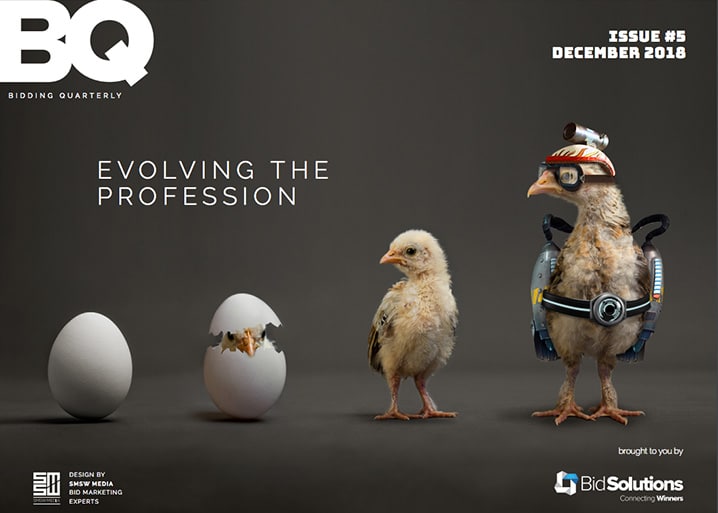Requests for Proposals (RFPs) have become increasingly “buyer-led” meaning that the solution and requirements are dictated by the buyer, for easy cost-comparison. Such a rigid purchasing approach should make things simple and easy to get a good product or service at the best price. Instead, it can lead to suppliers being too restricted to demonstrate the value that they can add, and therefore not lead to the best solution being procured.
So how about evolution in 2019 and for the next ten years?
Evolution for me relates to allowing RFPs to become “seller-led” and for the industry to learn from what has worked well and what would have been ‘even better if…’ in the past. Being “seller-led” is not about allowing exorbitant amounts to be charged and for buyers to be tricked, far from it. It is about the buyer communicating (via open and collaborative workshops) the problem or need to the marketplace. Sellers can then propose innovative solutions, maybe even by a presentational/pitch process akin to Dragon’s Den. In this modern age of digital communication, start-ups and tech-enabled solutions there are increasing counts of suppliers who can provide solutions to problems and needs that buyers have but who may have no idea where to start.
This evolution would need to start with a buying organisation. Whether a product or a service is sought, they would need to articulate what they would like in summary. It could be the operations department of the organisation that defines this. If there is little clarity of what is required then they could simply explain the problem. It could go into a briefing document that invites suppliers to respond with their concepts for delivery or problem-solving. All responses could be screened by those defining the original requirement/problem and a shortlist of suppliers would be invited-in to present – as mentioned earlier, in a Dragon’s Den format perhaps. After that a more conventional RFP process could be adopted and cost estimation and pricing could commence.
To evolve away from being buyer-led and moving more towards being seller-led could enable all parties to communicate effectively and thereby realise cost efficiencies and finding the best fit between supply and demand.
This article was written by Peter Bryans.

